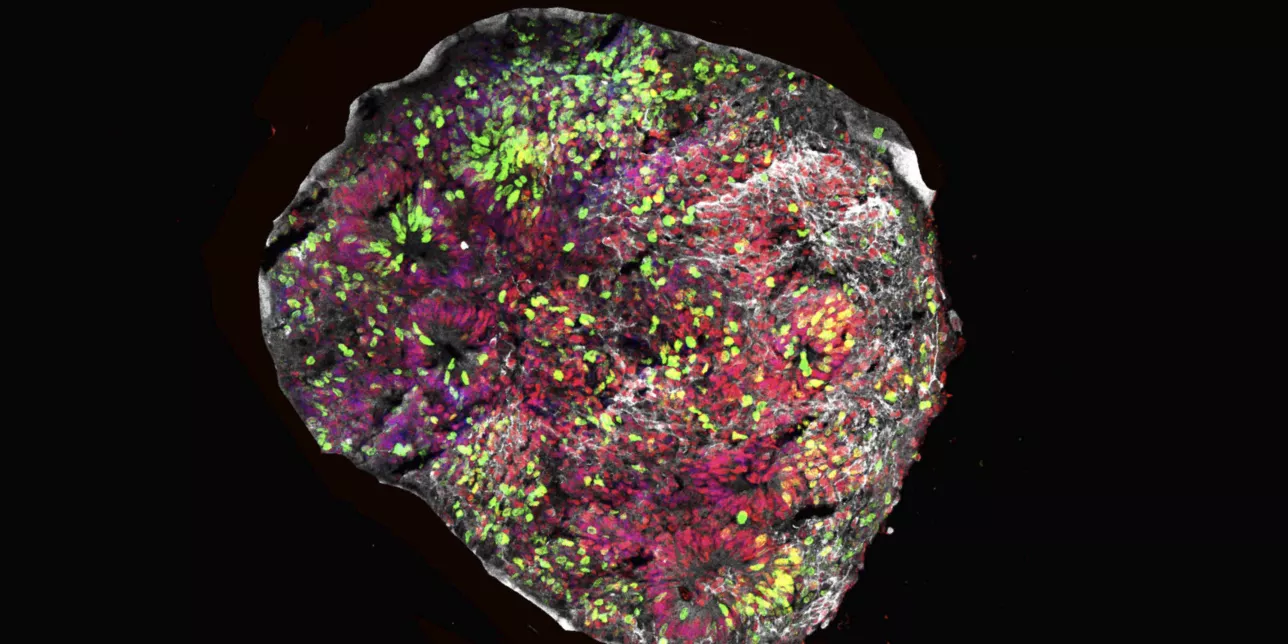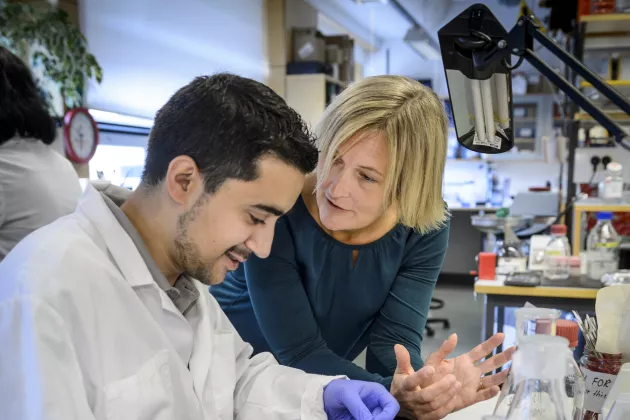The field of brain development has made several breakthroughs using the in vitro model of cerebral organoids, which is a miniature model of a brain grown in a dish. However, despite significant advancements in the field, the use of cerebral organoids is still limited by the issues of reproducibility as well as incomplete and uncontrolled maturation. To get around this, the Parmar group established midbrain organoid cultures to recapitulate the development of the human midbrain, focusing on the DA neurons.
The midbrain organoids were established using a 3D microfiber network made out of recombinant silk, providing a scaffold to human pluripotent stem cells and allowing them to assemble into organ-like structures while maturing. In order to study the molecular basis of the developing DA neurons in their midbrain organoids, they combined single cell sequencing, proteomics, and functional assessments. This allowed them to reconstruct the developmental trajectory and maturation of DA neurons as well as shed light on DA neuronal diversity. They identified molecularly distinct DA neuronal subtypes equivalent to fetal and adult human midbrain DA neurons in vivo.
Their study shows that midbrain organoids grown in bioengineered silk reduce cell-death and organoid-to-organoid variability compared to classic cerebral organoid protocols, and most importantly they reproduce key molecular aspects of human midbrain DA neurogenesis. These remarkable properties of silk, combined with the straightforward procedure of using it, opens up an easily accessible approach to generate various organoids in a reproducible and efficient manner.





